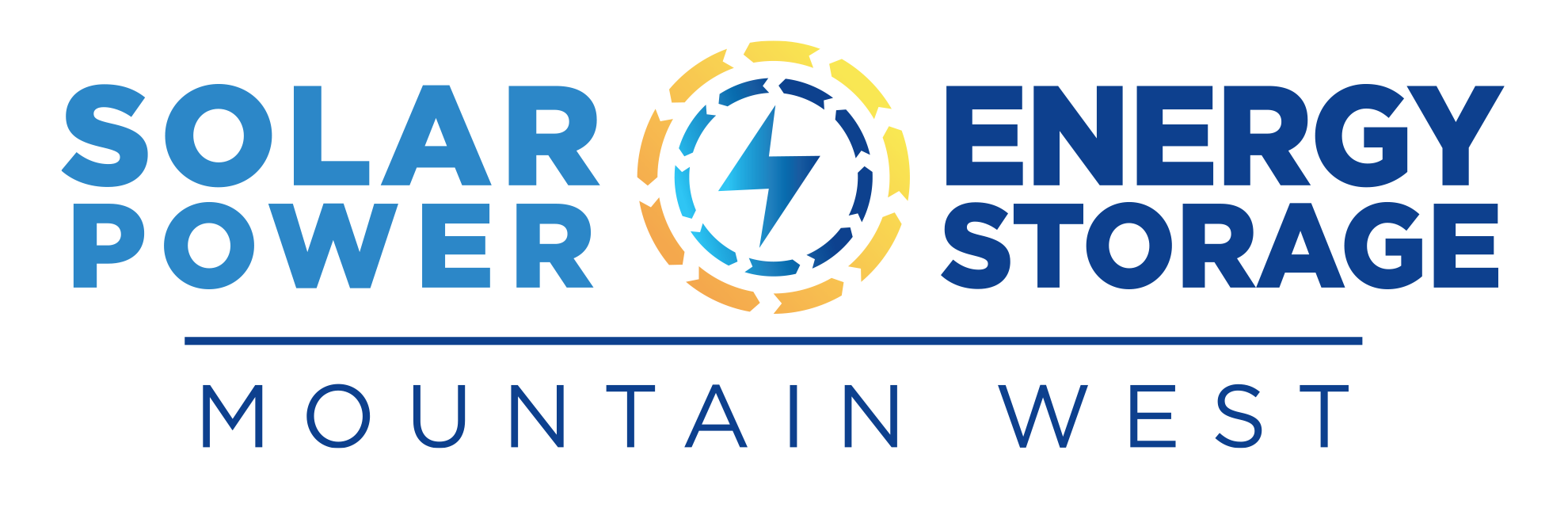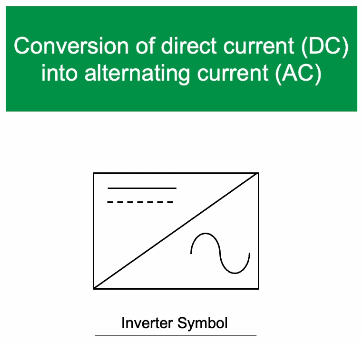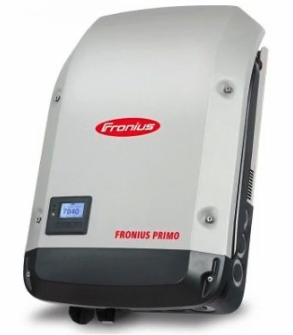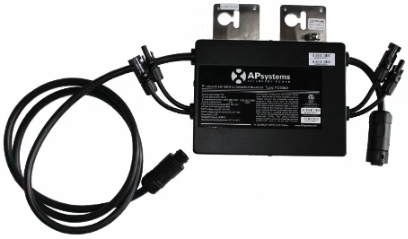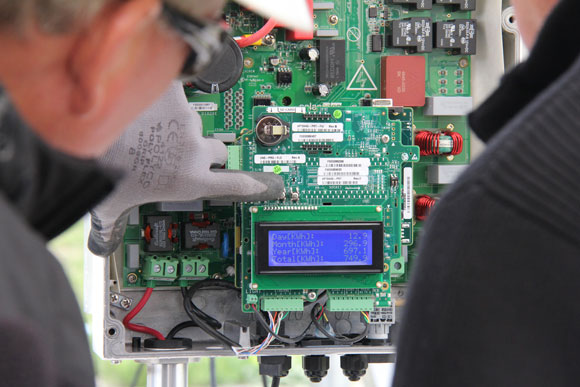Enstall & Solar Energy International team up to create new curriculum for entry level solar jobs and support veterans through scholarships
Paonia, CO., April 16, 2024 — Enstall, a global leader in mounting and racking solutions, and Solar Energy International (SEI), a non-profit organization dedicated to solar energy education, have once again joined forces to strengthen the solar industry workforce. In March 2024, Enstall was awarded third place in Blackstone’s Give Back challenge, securing $75,000 in funds to partner with SEI to create a new curriculum for entry level solar jobs and provide scholarship opportunities for veterans looking to pursue a career in solar energy.
Enstall Empowers, Enstall’s Corporate Social Responsibility arm, will spearhead this partnership. Committed to creating a sustainable and equitable future for all, Enstall Empowers drives Enstall’s efforts in uplifting underserved communities through STEM education, professional development and clean energy access. This ongoing partnership is a testament to their shared commitment to empower individuals with the skills needed to succeed in the growing field of solar energy. By collaborating on innovative educational initiatives, they aim to bridge the gap between military service and civilian employment, while also addressing the pressing need for a skilled junior workforce in the solar industry.
“We are proud to be partnering with SEI to offer more diverse opportunities and training programs. The renewable energy industry is growing at a rapid pace, and if we want to build an equitable and just workforce, we believe profit and nonprofit collaboration is key.” said Vera Vos, Founder of Enstall Empowers.
Enstall and SEI will work together to develop a comprehensive curriculum that prepares workers for entry level jobs in the solar industry. Additionally, SEI will offer scholarships to veterans seeking to further their education in solar energy, ensuring that cost is not a barrier to pursuing a career in this field.
“We are honored to collaborate with Enstall to expand opportunities for both career seekers and veterans looking to get into the solar industry,” said Chris Turek, Vice President of Marketing and Business Development at SEI. “By combining our expertise and Enstall’s resources to develop and update industry aligned career focused curriculum, we can create pathways to rewarding careers in a rapidly growing clean energy sector that is vital for our planet’s future.”
The ongoing collaboration between Enstall and SEI demonstrates how backing a nonprofit mission can ensure equitable access to renewable energy careers. This support enables the creation of scholarship programs, development of new curricula, and provision of industry support, all contributing to a more sustainable future for everyone.
If you are a U.S. veteran interested in scholarship funding for you SEI training, click here.
###
For more information about Enstall visit https://enstall.com/.
For more information about Solar Energy International, please visit https://solarenergy.org/.
.fusion-body .fusion-builder-column-0{width:100% !important;margin-top : 0px;margin-bottom : 20px;}.fusion-builder-column-0 > .fusion-column-wrapper {padding-top : 0px !important;padding-right : 0px !important;margin-right : 1.92%;padding-bottom : 0px !important;padding-left : 0px !important;margin-left : 1.92%;}@media only screen and (max-width:1024px) {.fusion-body .fusion-builder-column-0{width:100% !important;order : 0;}.fusion-builder-column-0 > .fusion-column-wrapper {margin-right : 1.92%;margin-left : 1.92%;}}@media only screen and (max-width:640px) {.fusion-body .fusion-builder-column-0{width:100% !important;order : 0;}.fusion-builder-column-0 > .fusion-column-wrapper {margin-right : 1.92%;margin-left : 1.92%;}}
.fusion-body .fusion-flex-container.fusion-builder-row-1{ padding-top : 0px;margin-top : 0px;padding-right : 30px;padding-bottom : 0px;margin-bottom : 0px;padding-left : 30px;}

